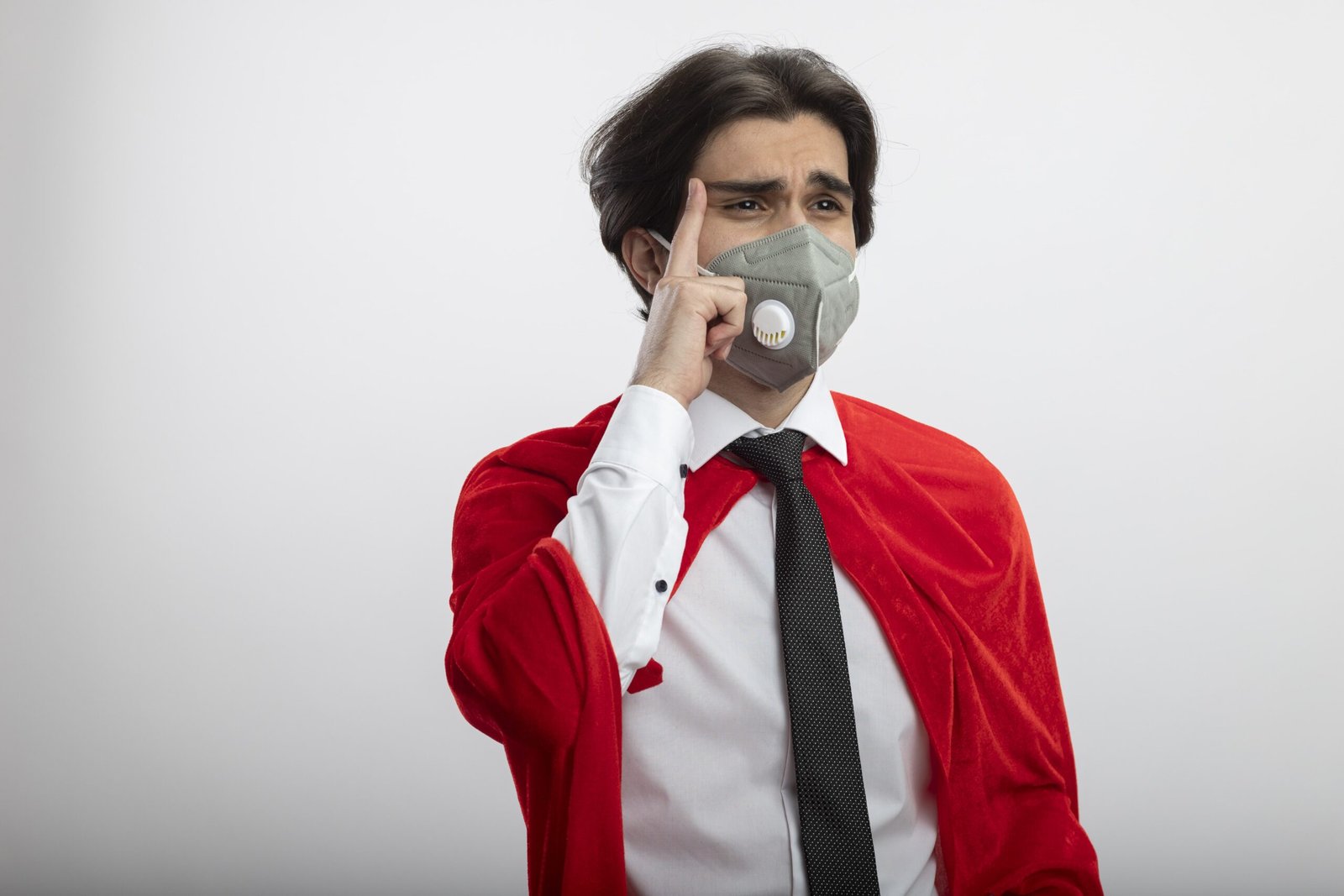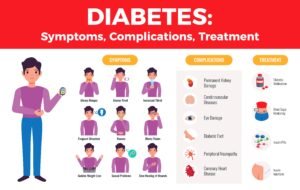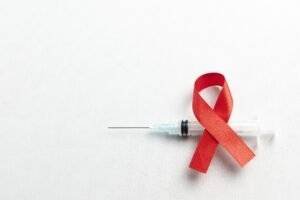The Human Metapneumovirus (HMPV) is categorized as a virus that attacks the respiratory system, more specifically the lungs and waterways. It was first discovered in the year 2001, however, over the years, it has gained attention as a significant cause of respiratory illnesses for children, the old and those with weak immune systems. When it comes to symptoms, human metapneumovirus can show mild symptoms such as signs of a cold and in some cases, the symptoms can be severe showing signs of respiratory distress.
Human Metapneumovirus Overview – A Brief
Human metapneumovirus is a virus that is a member of the Pneumoviridae family and is closely associated with, RSV. It is contagious through droplets, touching of surfaces that have been touched by infected individuals, and also through contact with infected individuals. Like many viruses, HMPV can infect the respiratory tract which includes the upper as well as the lower regions.
Other viruses which are associated with the respiratory system often give rise to similar symptoms as well leading to confusion, and without allegations of laboratory tests, distinguishing the effect of human metapneumovirus undoubtedly becomes a challenging task. The symptoms that have been reported the most include –
- Cough: With human metapneumovirus, there is a dry persistent cough that can transform into a productive cough.
- Runny or Stuffy Nose: Congestion and discharge from the nose is also a common occurrence
- Sore Throat: Throat pain is also one of the symptoms ranging from mild to moderate
- Fever: Slight fever is also a symptom that many people with HMPV face.
- Wheezing: Severe cough alongside hissing breath is expected in children with HMPV, also common in children with existing respiratory issues
- Shortness of Breath: This is also a common symptom with an increase in severity due to HMPV coming along with breathing difficulties
- Fatigue: Overall tiredness and weakness in the body.
Severe Symptoms and Complications 44 to 45
In increased severity, especially in susceptible individuals, HMPV can produce serious complications such as:
- Bronchiolitis: Inflammation of small airways in the lungs.
- Pneumonia: Infection of the lungs that produces inflammation and fluid in the lungs.
- Respiratory Failure: Severe shortness of breath requiring hospital admission.
- Cyanosis: Bluish discoloration of the skin due to inadequate oxygen in the tissues.
Groups Living at Risk of Severe HMPV Symptoms
Certain groups of people are more likely to experience more severe manifestations of this HMPV than others.
Babies and Areas below 5 Years: Because of less developed immune systems.
Older Persons: Due to senility, there is an atrophy of the immune system.
Chemotherapy Patients: People who are having chemotherapy or approaching an organ transplant or having chronic diseases.
Chronic Respiratory Ill Patients: Such as asthma and chronic obstructive pulmonary disease (COPD).
Symptom progression Timeline
- Incubation Period: 3-6 days after probability of exposure.
- Early Phase: Onset of cold – cough, runny nose and fever.
- Peak Phase: Cough, sound wheezing while breathing, shortness of breath more when there is a complication.
Recovery Phase: Most symptoms usually disappear in 1 to 2 weeks in an otherwise healthy individual. Late or severe symptoms may.
Diagnosis and Differentiation
Because some of the signs and symptoms of HMPV can be found in other respiratory infections, diagnostic tests are regularly performed to support the diagnosis. These include:
- PCR Test: In the assay, viral RNA was detected from nasal swabs.
- Antigen Test: The test identified viral proteins.
- Chest X-ray: Recommended for the discussion of pneumonia
Treatment and Management
As of now, there is no specific antiviral treatment developed for HMPV. Relief is managed mainly as per the concern, the efforts focus on providing supportive therapy.
- Hydration: Adequate fluid can be ingested.
- Fever Management: Acetaminophen or ibuprofen are effective.
- Oxygen Therapy: Offered for patients where distress due to respiration is extreme.
- Rest: To assist the immune system with sufficient rest.
Prevention Measures
HMPV transmission can be avoided by following good hygiene:
- Handwashing: Washing hands with soap and water several times.
- Respiratory Etiquette: Mouth and nose should always be covered to cough or sneeze.
- Surface Cleaning: Surfaces commonly touched should be disinfected.
- Avoiding Close Contact: Taking care of not getting too close to a non-resistant section of the population during outbreaks.
Conclusion
In babies, early severe HMPV infection can cause a combination of mild symptoms of a cold, severe pneumonia and respiratory failure. Further comprehension of symptoms can jointly provide the fight between the existing virus and non-resistant group, such as pregnant women or newborns, with the viruses’ kinder counterparts. If someone has significant symptoms such as trouble breathing, medical attention should be sought immediately.









